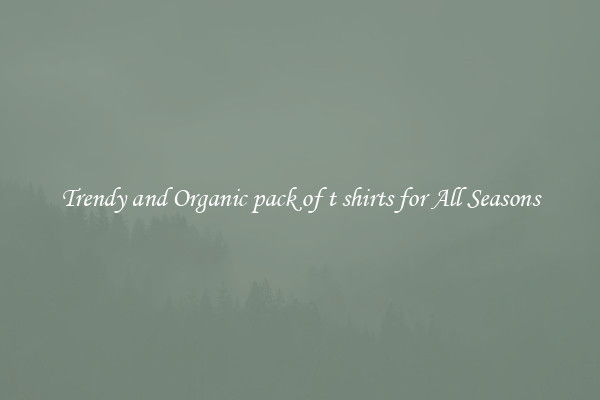Various Types Of cationic starches For Your Exact Needs
Cationic starches are widely used in various industries for their unique properties and versatility. They are derived from natural starches and modified to carry positive charges, making them highly beneficial for specific applications. Here, we will explore different types of cationic starches and their specific uses to help you find the perfect match for your needs.

1. Native Cationic Starch: This type of cationic starch is produced by modifying natural starches such as corn, potato, or tapioca with cationic reagents. Native cationic starches are primarily used in the paper industry as wet-end additives. They improve paper strength, retention, drainage, and formation.
2. Oxidized Cationic Starch: Oxidized cationic starch is treated with an oxidizing agent to introduce additional carboxyl groups onto the starch structure. It offers improved bonding properties, water resistance, and film-forming ability. This type of cationic starch is widely used in the textile industry as a sizing agent to strengthen and stiffen yarns before weaving or knitting.
3. Etherified Cationic Starch: Etherification of cationic starch involves introducing ethylene oxide or propylene oxide to the starch molecules. This modification enhances the starch's compatibility with other materials and improves its thickening and stabilizing properties. Etherified cationic starch is commonly used in personal care and cosmetic products as a thickener, binder, and emulsion stabilizer.
4. Dual-Modified Cationic Starch: Dual-modified cationic starches are produced by combining two or more modifications, such as etherification and oxidation or etherification and esterification. This type of cationic starch offers a combination of characteristics suitable for specific applications. Dual-modified cationic starches find applications in the food industry, acting as a stabilizer and thickener in sauces, dressings, and dairy products.
5. Cross-linked Cationic Starch: Cross-linking is a process that introduces chemical bonds between starch molecules, enhancing their resistance to high temperatures, shear forces, and acidic conditions. Cross-linked cationic starches are extensively used as rheology modifiers and sizing agents in the textile, paper, and adhesive industries.
When selecting a cationic starch for your specific needs, consider the desired application, compatibility with other ingredients, required functionality, and environmental impact. Consult with a reputable supplier or seek expert advice to ensure that the selected cationic starch meets your requirements.
In conclusion, cationic starches offer a wide range of functionalities for various industries. Native, oxidized, etherified, dual-modified, and cross-linked cationic starches each provide unique benefits that make them suitable for different applications. Understanding the characteristics and applications of each type will help you make an informed decision when choosing the right cationic starch for your exact needs.

View details

View details

View details

View details








